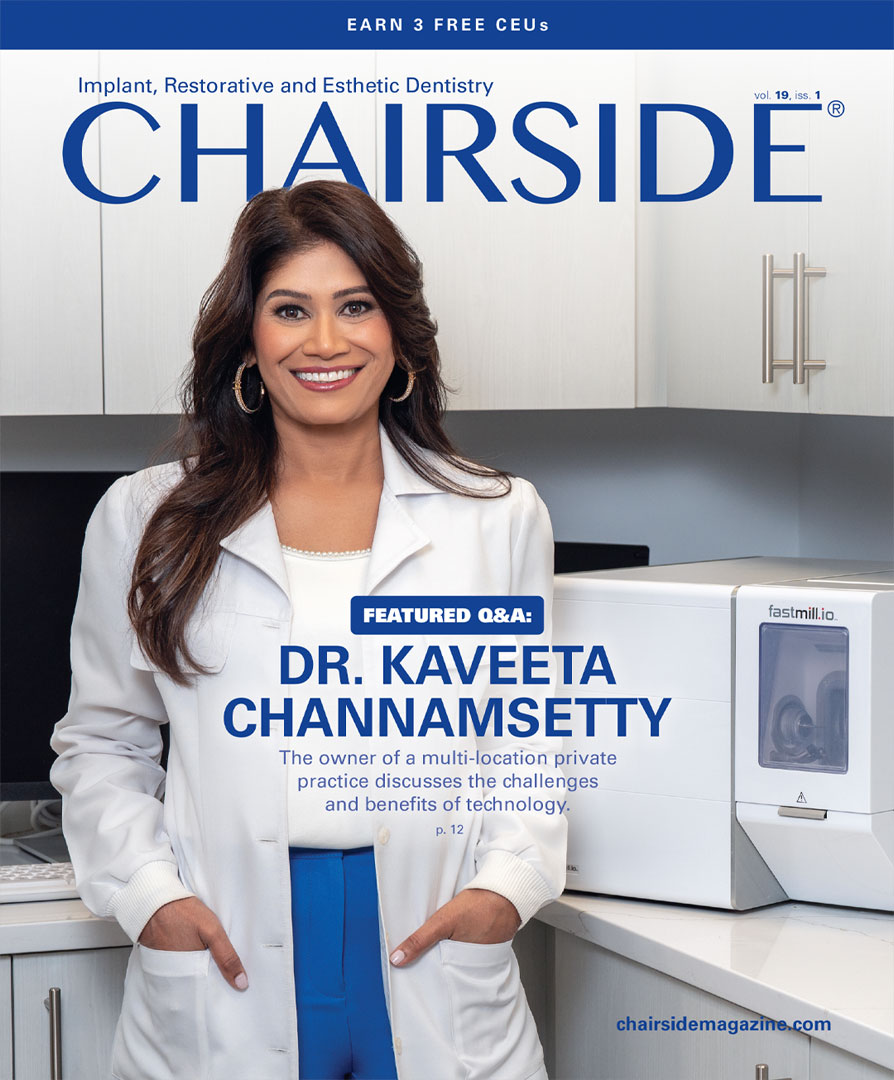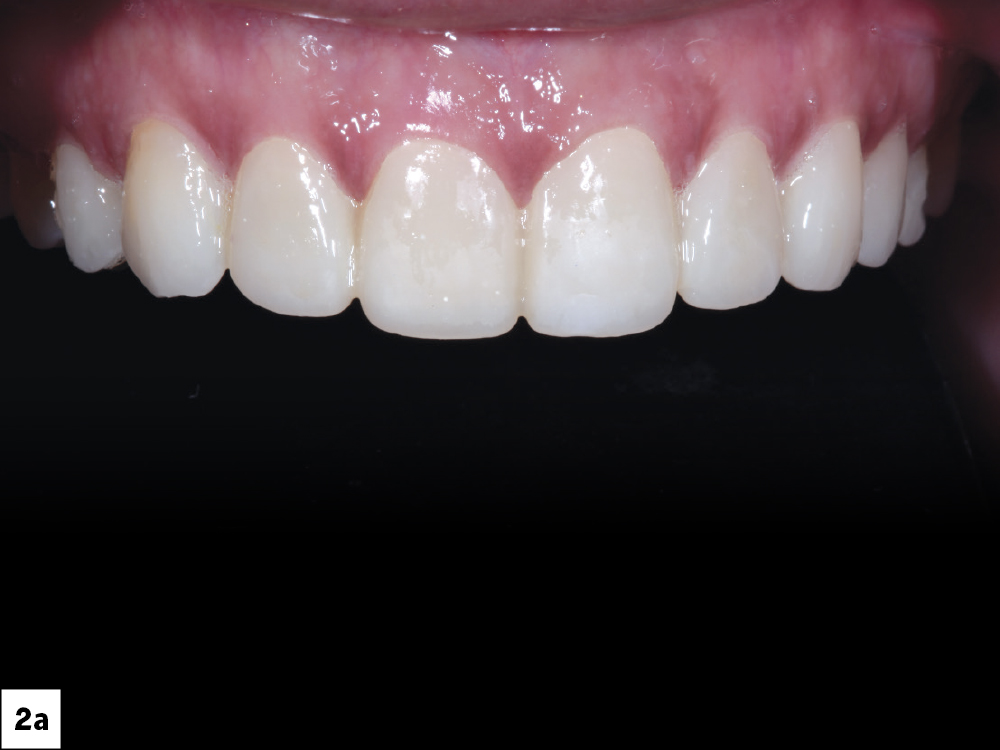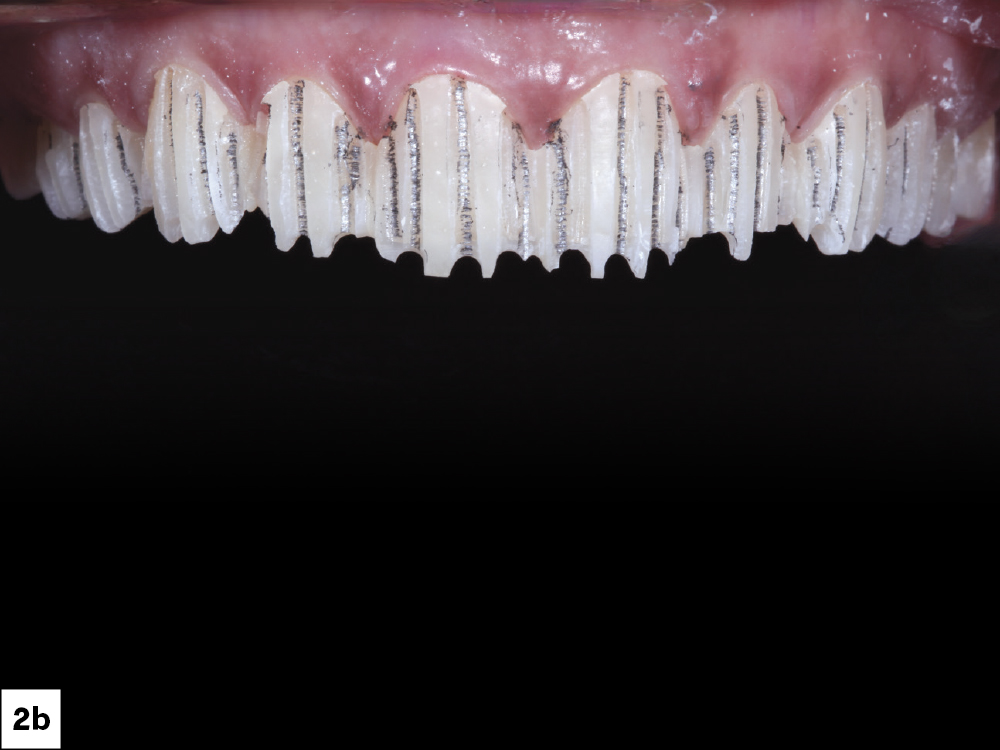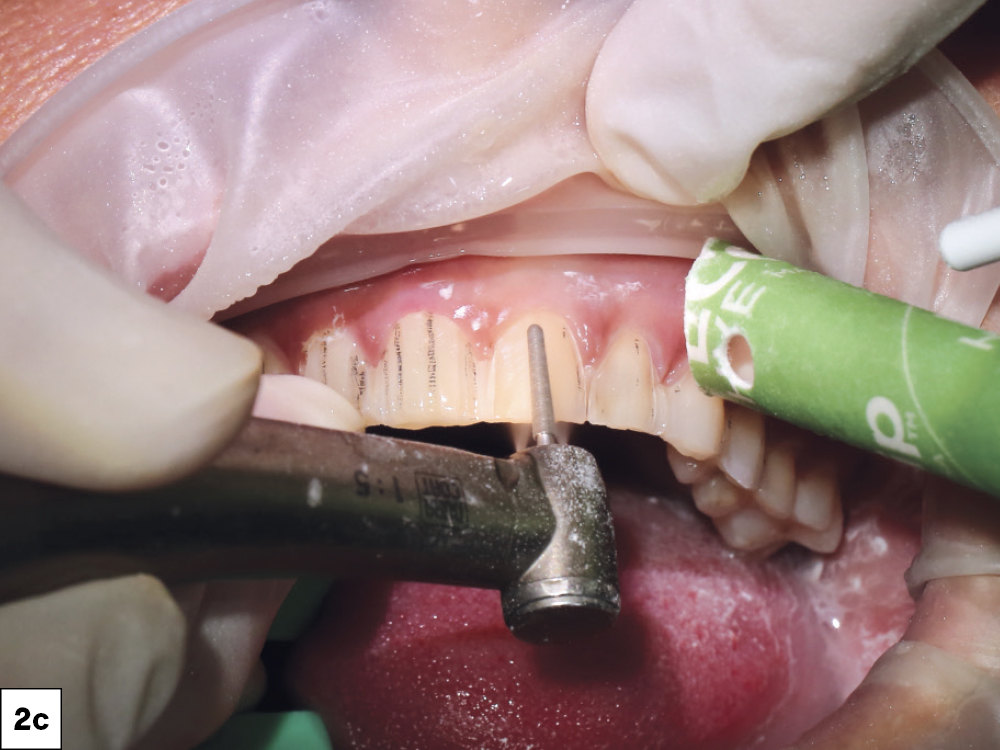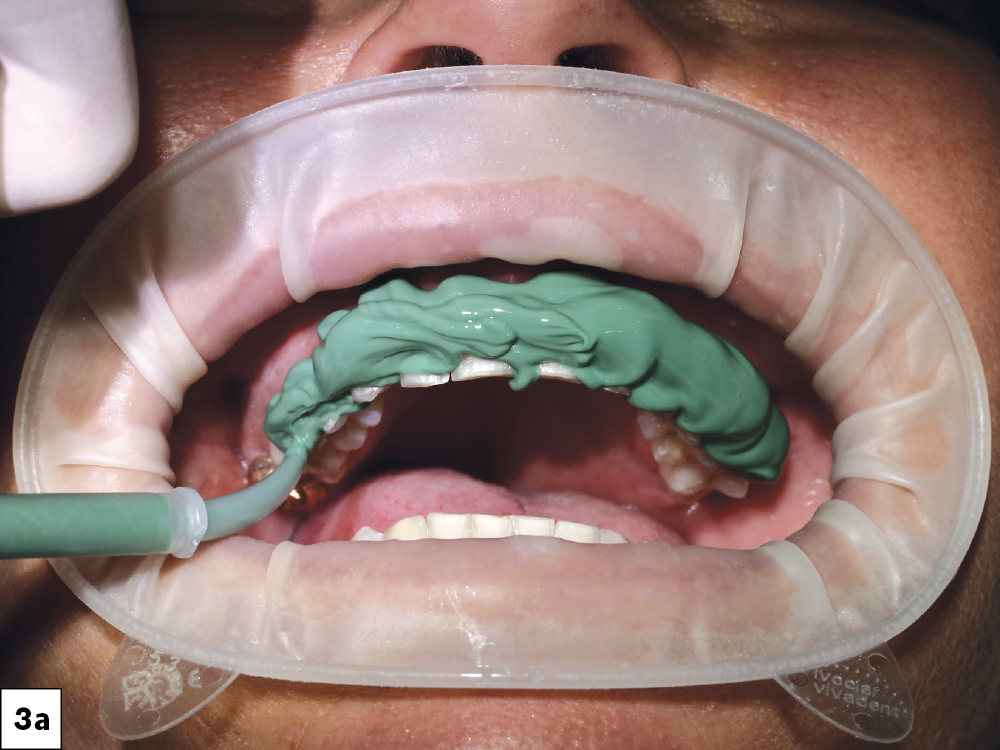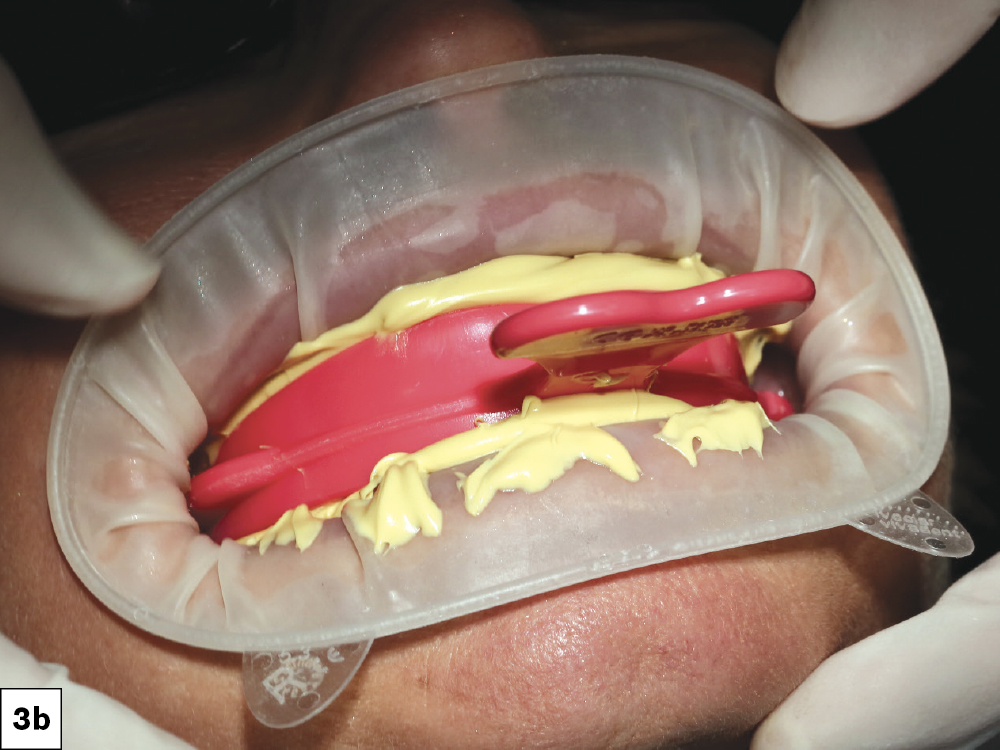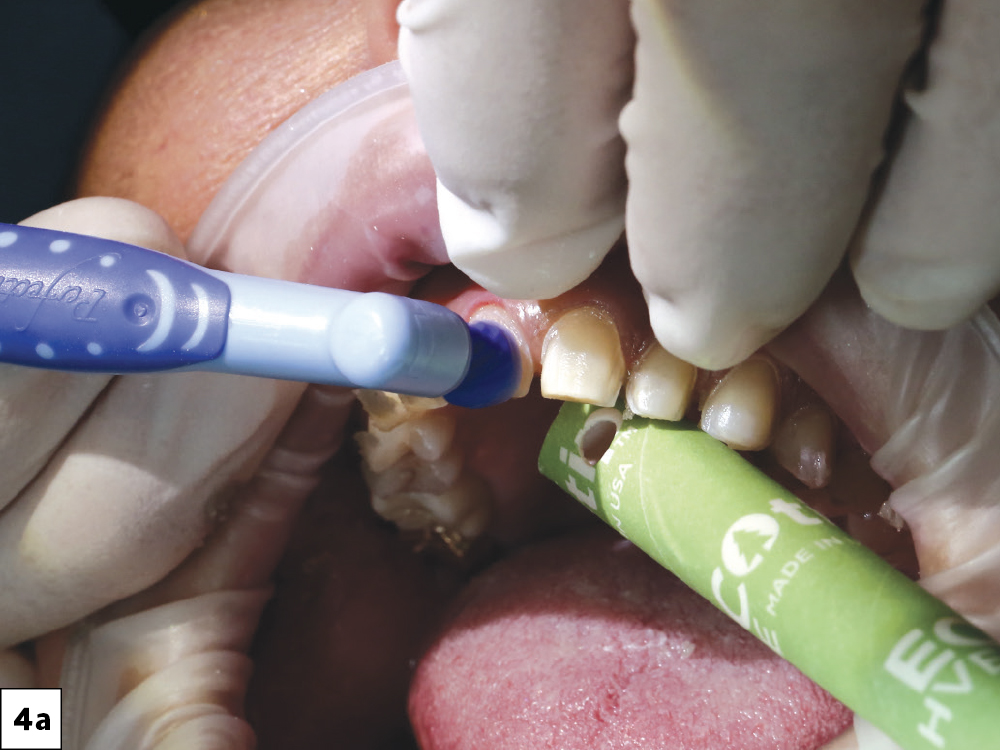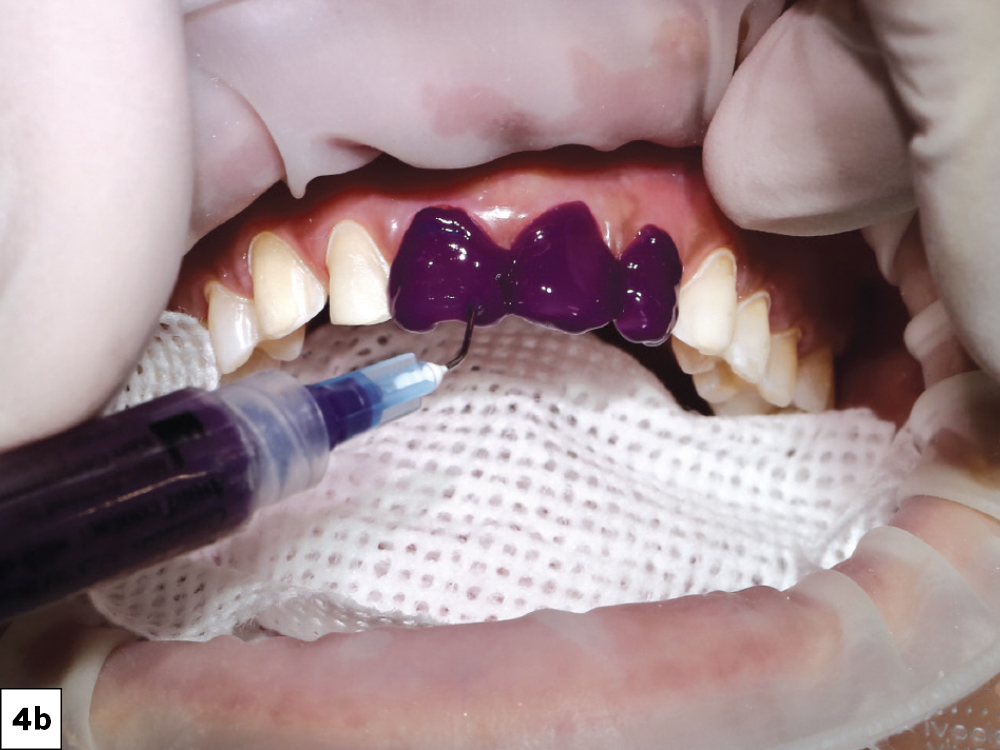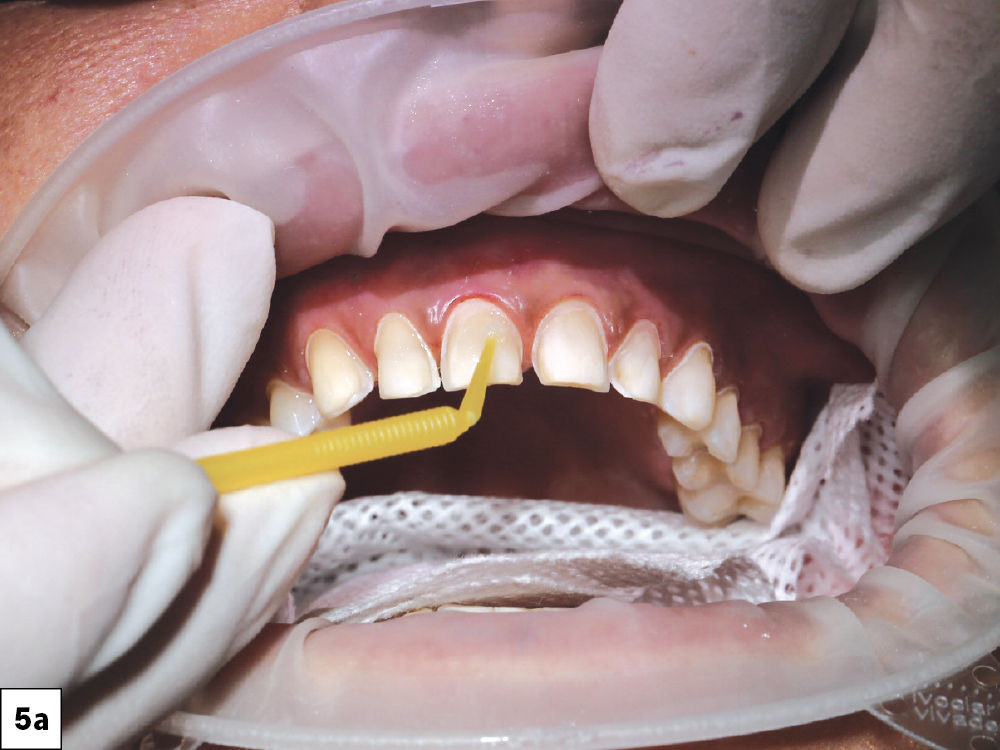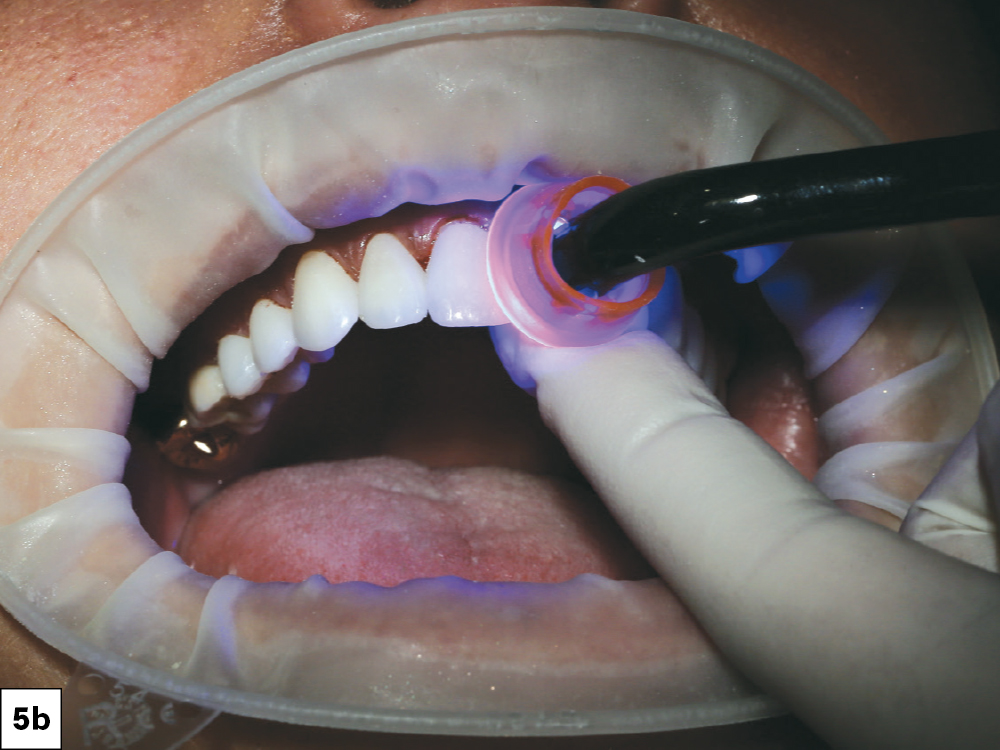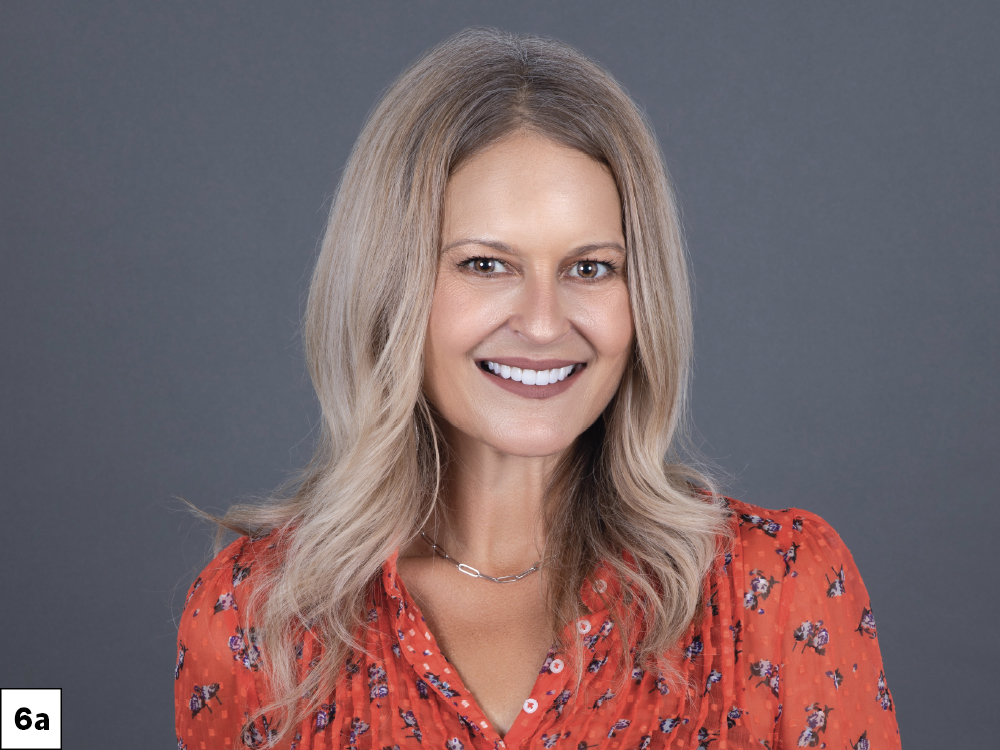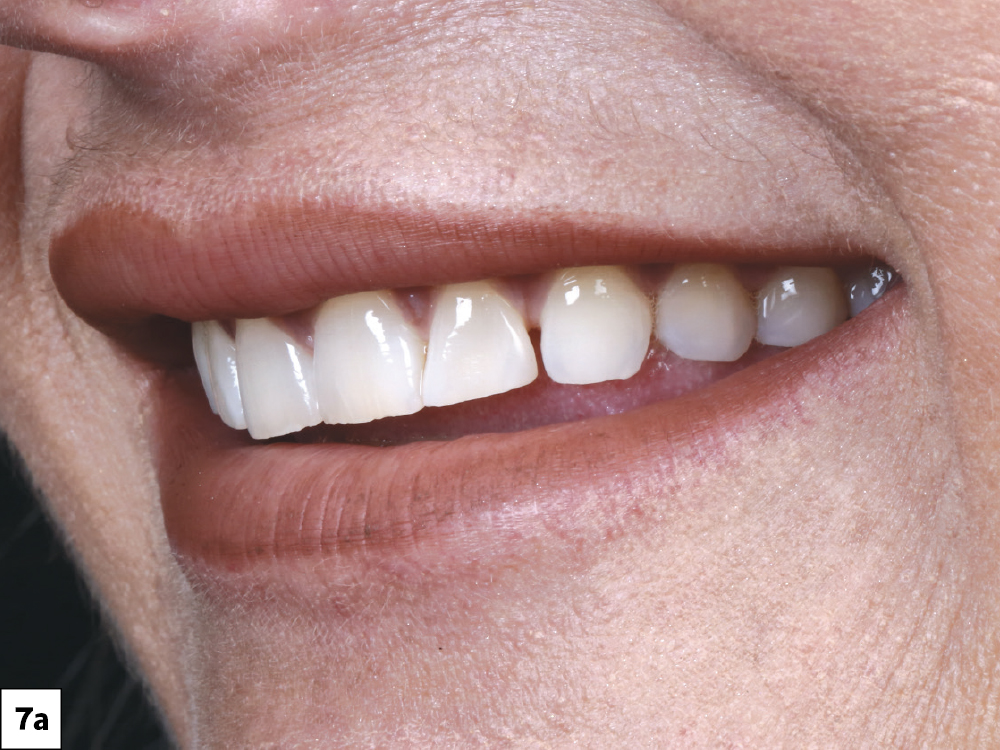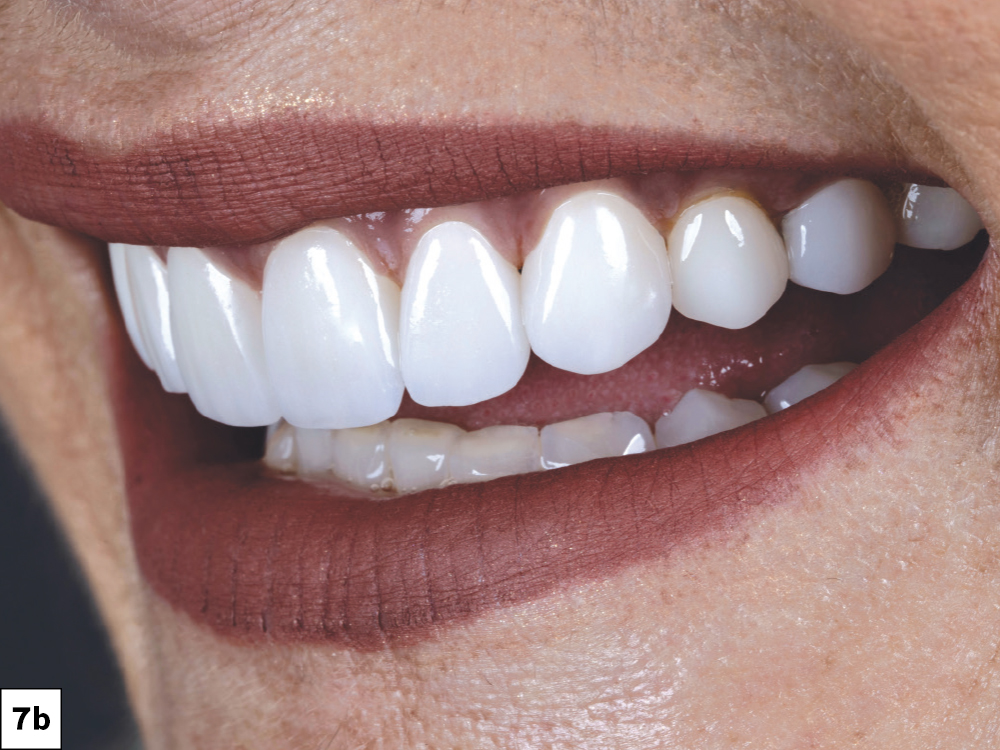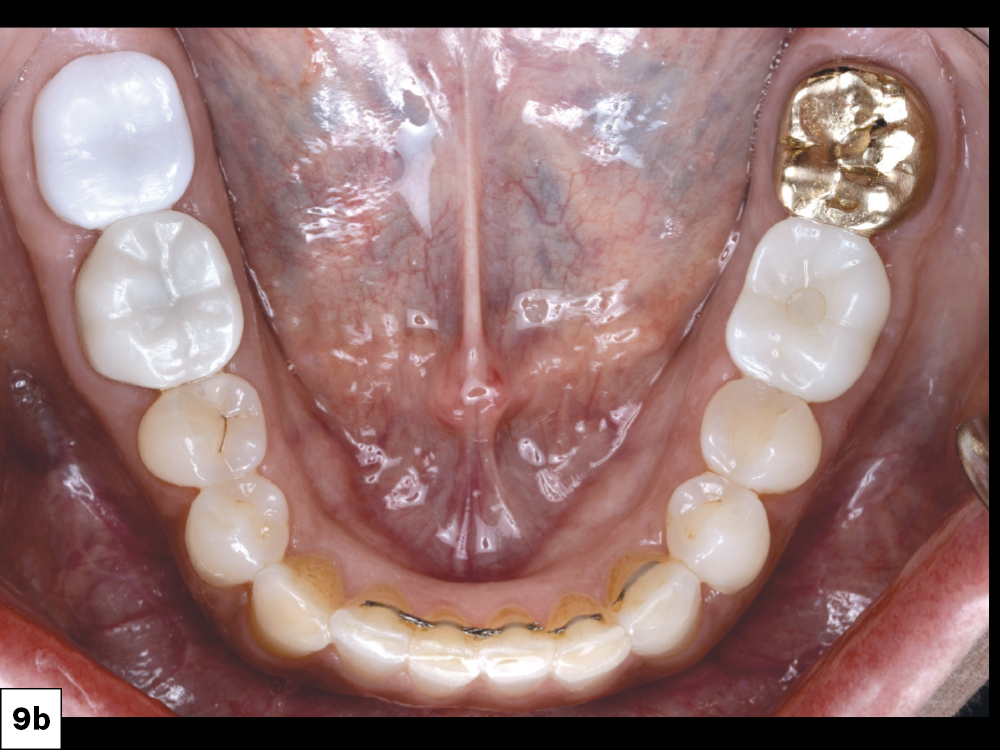Esthetic Veneers: Lessons from a Seven-Year Recall

When this patient presented for a smile makeover more than seven years ago, monolithic zirconia restorations were known more for strength than beauty. In addition to concerns about the esthetic results, few doctors had adopted zirconia for esthetic veneers because of a lack of confidence in the reliability of the bond of zirconia to tooth structure. But two developments convinced me to use zirconia for this case: 1) the introduction of BruxZir® Esthetic Zirconia and the excellent results I had already experienced with this next-generation material, and 2) recent studies showing a highly reliable bonding protocol.1
I am pleased to report that, after a recent seven-year recall, the patient’s veneers are in great condition, and she continues to be delighted with the improvement we made in her smile. Let’s review this case and the procedures that made this long-lasting result possible.
SEVEN-YEAR RECALL APPOINTMENT
After seven years, I wanted to more closely examine the veneers and determine how they had held up over time. Specifically, I wanted to analyze the integrity of the bond, potential wear on opposing teeth, possible discoloration of the restorations and whether the patient was still fully satisfied.
The bonding protocol used is predictable and produced long-lasting results.
I finally have the smile I’ve always wanted.
– Bobbie N., BruxZir Esthetic Patient
CONCLUSION
In this case, BruxZir Zirconia veneers have proven to be a strong and highly esthetic restorative design. In addition, the bonding protocol described withstood the rigors of the oral cavity for seven years.
All third-party trademarks are property of their respective owners.
Reference
-
Blatz MB. Conejo J. Cementation and bonding of zirconia restorations. Compendium. 2018 Oct;39(4).

